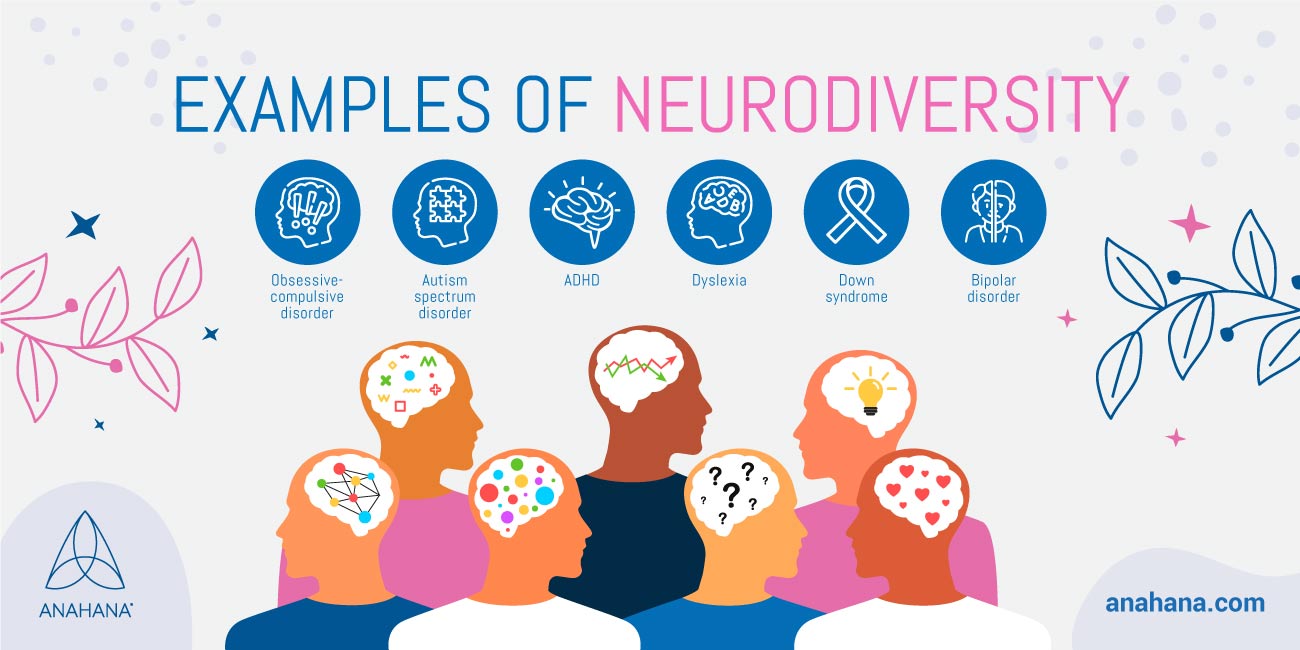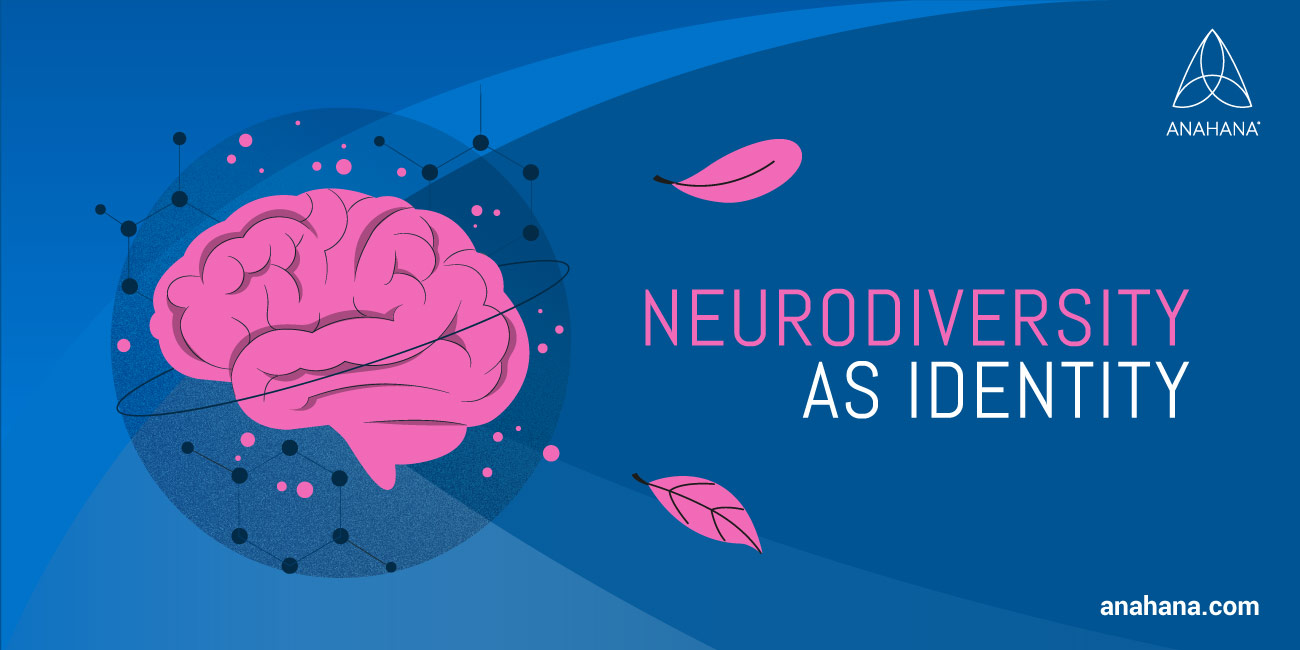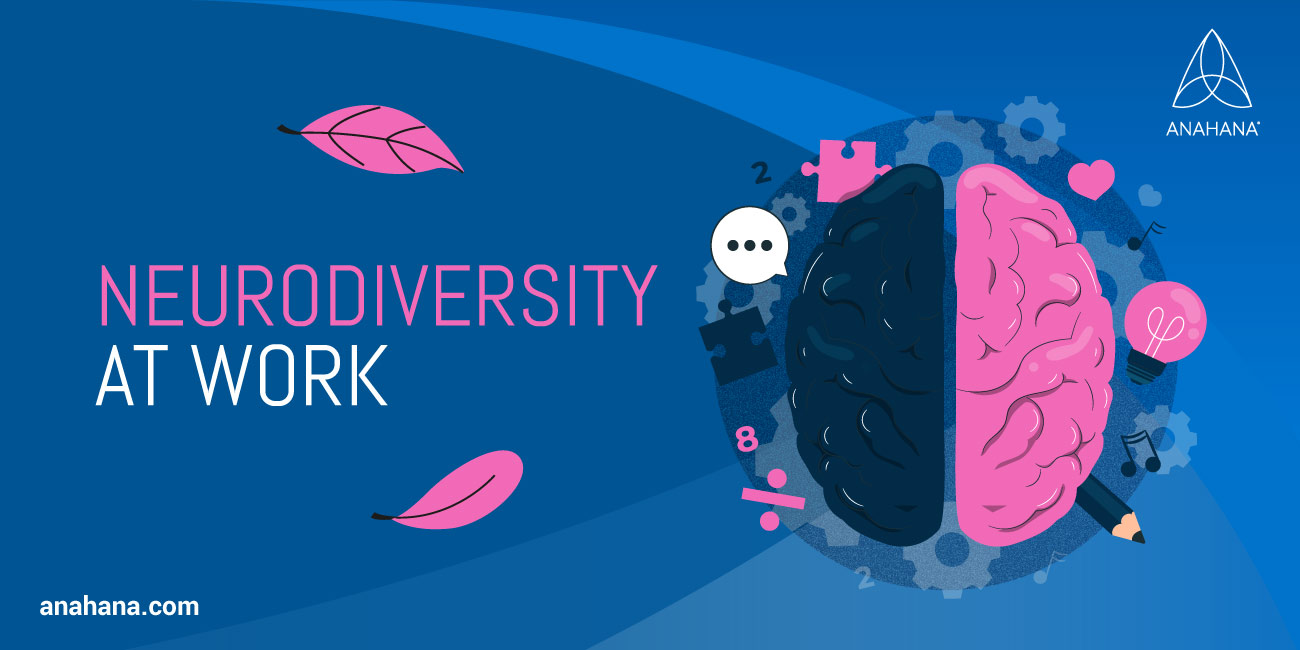
Table of Contents
Learn about the concept of neurodiversity, types of neurodiverse disorders, and how the Neurodiversity movement challenges traditional ways of thinking.
Key Takeaways
- Definition: The neurodiversity paradigm recognizes natural variations in brain function, including conditions like autism, developmental coordination disorder, and sensory processing disorders.
- Strengths: Individuals with neurodiverse traits, such as autistic traits, often exhibit unique strengths like creativity and problem-solving.
- Challenges: These individuals may face difficulties in environments not adapted to neurodiverse needs.
- Inclusion: Inclusive practices are crucial for supporting neurodiversity in society.
- Awareness: Increasing awareness is reducing stigma around mental illness and neurodiversity.
- Impact: Embracing neurodiversity enriches perspectives and fosters innovation.
Definition of Neurodiversity
Neurodiversity is a concept that describes the idea that human brains develop and work differently and interact and experience the world differently. The diversity in the development of the human brain results in differences in cognition, learning, and behavior. Approximately one in five individuals are neurodivergent, meaning their brain functions differently than what is considered standard or typical.
According to the National Symposium on Neurodiversity, neurodiversity combines traits viewed as challenges and strengths. While neurodiversity is a non-medical term, it can be applied to people with medical conditions and learning disabilities.
However, the brain differences in these conditions come with deficits and can be viewed as individual strengths or assets.
History of Neurodiversity
Australian sociologist Judy Singer coined neurodiversity in 1998 to recognize the brain's unique development and promote equality. Singer situated human cognitive variation in the context of biodiversity.
In her sociology honors thesis, Singer discussed that there are definite differences in the brains of individuals, even identical twins, so there is no universal definition of the normal capabilities of the human brain.
Some authors also credit the earlier work of Jim Sinclair, an advocate with autism who advanced the concept of neurodiversity. He was the primary organizer of the international online autism community. In his 1993 speech, “Don’t mourn for us,” Sinclair emphasized that autism is not a neurodevelopmental disorder but a way of being.
Neurodiversity Movement
The social justice movement or neurodiversity movement was started by the Australian sociologist Judy Singer. The movement emerged during the 1990s when Singer viewed neurodiversity in the context of the politics of minority groups.
This movement stemmed from the autism rights movement and challenged the idea that conditions categorized or labeled as neurodevelopmental disorders are inherently pathological.
Goals of the Neurodiversity Movement
The primary goal of the neurodiversity movement was to embrace neurological differences in people and increase the levels of inclusion and acceptance of neurodiversity. The movement encouraged people whose brains work differently and celebrate neurodiversity.
Individuals with autism were a significant part of the movement. Through social media platforms and online platforms, many people with autism were able to connect, communicate, and form a self-advocacy collective.
Singer herself was on the autism spectrum, and she viewed neurodiversity as a social justice movement, promoting equality of what she described as “neurological minorities,” which include individuals whose brain works in an atypical manner.
These individuals included people with autism spectrum disorder and ADHD and learning differences. She emphasized that these differences should not be seen as deficits; but rather as the benefits and valuable variations in brainwork that should be appreciated.
The focus of the neurodiversity movement was to highlight the benefits and strengths associated with neurodiversity. It was built on the social model of disability, where disability arose from institutional, systemic, or societal barriers rather than inherent deficits within the individual.
Based on the social model of disability, impairments affecting kids with ADHD, autism, and learning disabilities stem from environmental barriers—for instance, a loud, bright classroom or a rigid school schedule. They are also undermined by stigma and social exclusion that stem from misunderstanding neurotypical people.
Therefore activists in the autism community and beyond encouraged environmental changes- including classrooms, workplaces, communities, and healthcare settings to make these environments more open to individuals with differences and more welcoming.
Examples of Neurodiversity
 Neurodiversity is not a medical term, so individuals do not show similar signs and symptoms. The number of ways the human brain can be wired is infinite. Diagnoses allow individuals to communicate and refer to specific signs and symptoms that normally occur together.
Neurodiversity is not a medical term, so individuals do not show similar signs and symptoms. The number of ways the human brain can be wired is infinite. Diagnoses allow individuals to communicate and refer to specific signs and symptoms that normally occur together.
There are various examples of neurodiversity. Conditions most common among individuals that are examples of neurodiversity include:
- Down syndrome
- Autism spectrum disorder
- ADHD
- Obsessive-compulsive disorder
- Dyslexia
- Bipolar disorder.
Other examples of neurodiversity include dyscalculia, dysgraphia, intellectual disabilities, learning disabilities, sensory processing orders, social anxiety, Prader-Willi syndrome (PWS), and Tourette syndrome.
The Most Common Types of Neurodiversity
Dyslexia
Dyslexia is the most common type of neurodiversity among adults, with approximately 10% of adults diagnosed with the condition. The second most common type is attention deficit hyperactivity disorder (ADHD), with approximately 4-5% of the population having ADHD. The third most common type of neurodiversity is an autism spectrum disorder (ASD), with approximately 1-2% of the population having ASD.
Together, dyslexia, ADHD, and ASD constitute about 70% of all neurodevelopmental disorder diagnoses.
Attention Deficit Hyperactivity Disorder (ADHD)
ADHD, a common example of neurodiversity, encompasses a spectrum of symptoms and experiences. Due to differences in brain function, individuals might exhibit symptoms all of the time, some of the time, or rarely.
In most cases, brain differences do not require accommodations. However, employers or professors might need to adjust their communication with individuals with ADHD. Proactive communication, altered work/class schedules, and adapting performance review strategies can help these individuals optimize their abilities.
Learning Disabilities
Learning disabilities or disorders, another example of neurodiversity, are cognitive impairments that impact an ability to recall and process certain information. Children with learning disabilities do not appear to have a disability and may be overlooked within their school settings.
The issue can be exacerbated if students with learning disabilities excel in other subject areas because teachers might label the children as unfocused or lazy. Students with learning disabilities may struggle in some areas and thrive in others.
Common learning disabilities include dyscalculia, dyslexia, and dysgraphia. However, it is vital to understand that these are not the same as intellectual disabilities, and learning disabilities do not equate to below-average intelligence.
The exact cause of these conditions is unknown; however, research demonstrates that genetic factors play a major role in learning disabilities and why their brain works differently.
Neurodiversity as Identity
 Conceptions of identity are complex. Individuals have several different identities that manifest in various environments and settings.
Conceptions of identity are complex. Individuals have several different identities that manifest in various environments and settings.
Individuals often question whether neurodiverse conditions, including bipolar disorder, autism, dyslexia, and dyspraxia, comprise a part of an individual’s identity. Identity is both a biological and social construct.
Language is especially important when considering how individuals want to describe themselves. While person-first language is advocated for by disability advocates, identity-first language can alter the landscape of neurodiversity as identity.
There has been an evolution in neurodiversity focusing on individuals with clinical or formal diagnoses of ADHD, autism, or learning disorders to encompass a broader group.
The term was initially used only to describe borderline people with a clinical diagnosis and symptoms near the clinical threshold for a diagnosis. More recently, neurodiversity includes individuals who self-identify as neurodiverse and feel that they process and think outside the box.
Adolescents and many people are becoming increasingly comfortable identifying as neurodiverse and accepting reality. For teens and adolescents who struggle socially, self-identifying as neurodiverse can enable them to make sense of their feelings and experiences.
The concept can provide a brain-based explanation to individuals struggling to understand their differences. It can also help create a sense of belonging and community with others who are neurodiverse.
Youth and adolescents are now diagnosing themselves with conditions that fall under the definition of neurodiversity to validate their experiences. The kids are showing a greater willingness to be evaluated for their conditions.
Neurodiversity and Autism Spectrum Disorders (ASD)
According to a recent report from The Interagency Autism Coordinating Committee, one in 68 children has been diagnosed with ASD. A common perception of individuals on the autistic spectrum is that they have behavioral problems and lack social skills, but this is not always true.
Individuals may act differently only in certain situations and not be socially challenged. These differences can result in miscommunication between non-autistic and autistic individuals and potentially stressful circumstances.
Many individuals with autism demonstrate exceptional cognitive abilities, intelligence, and pattern recognition. Hyperlexia, the ability to read exceptionally well and early, is also correlated with ASD.
ASD is linked to differences in learning, communication, and behavior, and the signs of ASD can vary between individuals. Individuals with ASD have various strengths, needs, abilities, and challenges.
For instance, some individuals with autism excel at verbal communication, have an above-average IQ, and live independently.
In contrast, others may be unable to communicate their feelings and struggle with harmful behaviors impacting their well-being, depend on others, have difficulty navigating group environments and social relationships, and have co-existing challenges with sensory processing.
Language is also important for the autistic community. While many disability advocacy organizations prefer person-first language, as in “people with autism,” research shows that the autistic community prefers identity-first language, as in “autistic person.”
Challenges for Individuals on the Autism Spectrum
The challenges autistic individuals experience may result from social barriers and societal norms that result in social inequality and exclusion. Medical intervention might be important for autistic individuals, and establishing a formal diagnosis can also help improve access to medical and social services.
Along with a clinical diagnosis, mitigating social and environmental barriers and stigma is crucial for autistic adults. Studies show that more than 80% of autistic adults globally are unemployed. Organizations must address the stigma and barriers that prevent autistic people from being employed.
Neurodiversity at Work
 Efforts to include increased neurodiversity can enhance the workplace. Neurodiverse individuals, such as autistic individuals, can contribute their perspectives, talents, and skills to support the organization’s performance and productivity.
Efforts to include increased neurodiversity can enhance the workplace. Neurodiverse individuals, such as autistic individuals, can contribute their perspectives, talents, and skills to support the organization’s performance and productivity.
Research demonstrated that a neurodiverse team at work results in higher productivity. A study demonstrated that after six months of working in a single area of the bank, autistic workers were taking up the work of individuals who took three years to ramp up, besides being 50% more productive.
Few of the skills and talents of neurodiverse individuals that can benefit organizations include creativity, innovation, accuracy and keen ability to detect errors, persistence and reliability, unique problem-solving methods, and the ability to excel at work that is repetitive or routine in nature.
Adopting programs to increase neurodiversity in the workplace and hiring more neurodiverse individuals includes finding alternative ways to assess candidates, partnering with local agencies, nonprofit organizations, and service providers, and adopting training and mentorship programs for neurodiverse individuals who can help foster inclusivity at work.
Therefore it is critical to value the strengths of autistic people that could also help them improve their confidence, self-esteem, social skills, and life skills.
Individuals are Neurodiverse
Neurodiversity can be used to describe the range of neurological conditions that alter the way individuals think and interact with their surroundings. Although the term includes developmental disorders, learning disabilities, neurological conditions, and ADHD, no two brains are the same. Therefore, neurodiversity applies to all individuals in society.
Neurodiversity is not the same as a disability. It is the view that brain differences are normal. Although some neurodiverse students or individuals may need accommodations at work or school, they possess individual strengths, including creativity and thinking outside the box.
Neurodiversity and differences in the human brain have existed in the world for a long time, and these differences have shaped the world the way it is today. It is our responsibility to future generations to continue promoting and building education, acceptance, and celebration of diversity.
Society can help individuals fulfill their potential without the stigma and prejudice attached to their differences. Understanding what neurodiversity is and the types of neurodiversity and encouraging friends, coworkers, family members, and the community to educate themselves about it will foster an inclusive and thriving environment for all.
Respectful language and knowledge about neurodiversity are also important for clinicians to assess the physical and mental health of individuals with neurodevelopmental differences.
Embracing and viewing neurodevelopmental differences like autism, ADHD, and learning disabilities as strengths first rather than emphasizing the deficits and challenges is the underlying idea of neurodiversity.
References
What is neurodiversity? - Harvard Health.
What Is Neurodiversity? | Understood
Disclaimer
The contents of this article are provided for informational purposes only and are not intended to substitute for professional medical advice, diagnosis, or treatment. It is always recommended to consult with a qualified healthcare provider before making any health-related changes or if you have any questions or concerns about your health. Anahana is not liable for any errors, omissions, or consequences that may occur from using the information provided.

By: Anahana
The Anahana team of researchers, writers, topic experts, and computer scientists come together worldwide to create educational and practical wellbeing articles, courses, and technology. Experienced professionals in mental and physical health, meditation, yoga, pilates, and many other fields collaborate to make complex topics easy to understand. Anahana is also home to specialists in crystals, tarot, angel numbers, astrology, life path numbers, zodiac signs, and horoscopes. By combining evidence-based wellness with spiritual and energetic practices, the team offers clear, trustworthy guidance for both mind-body health and modern spirituality.